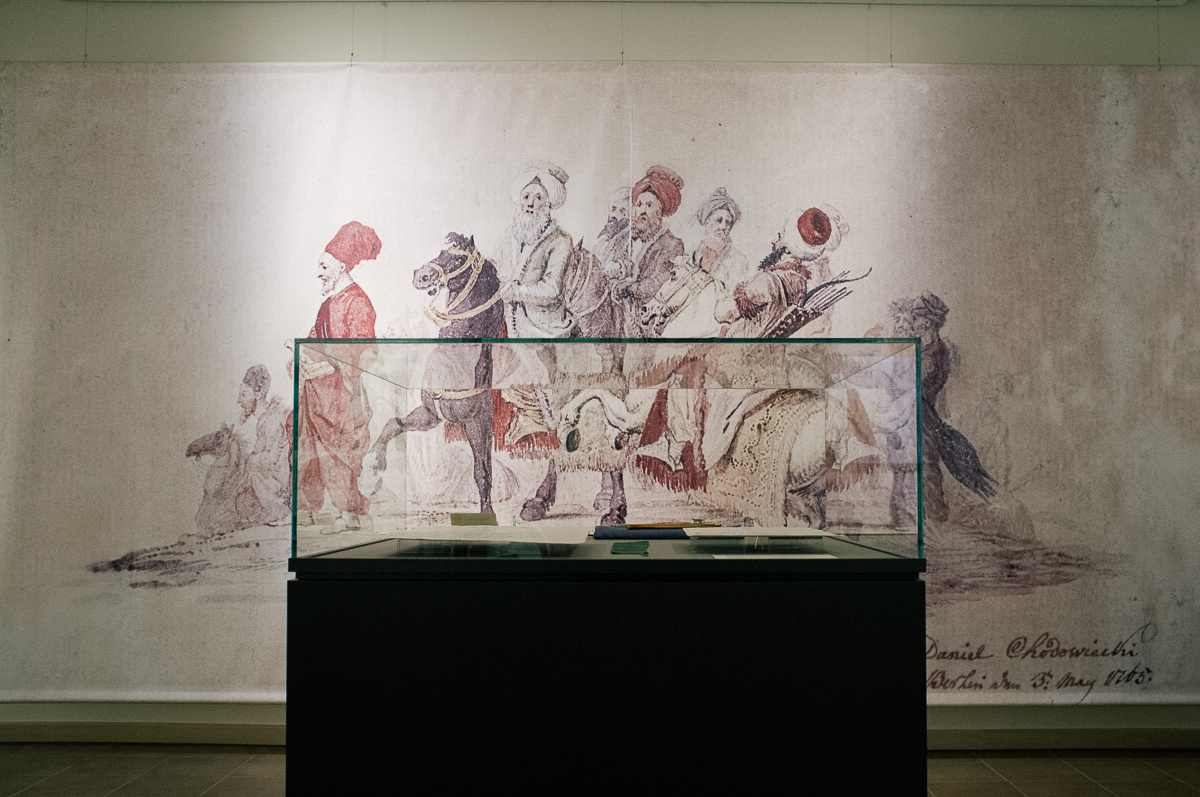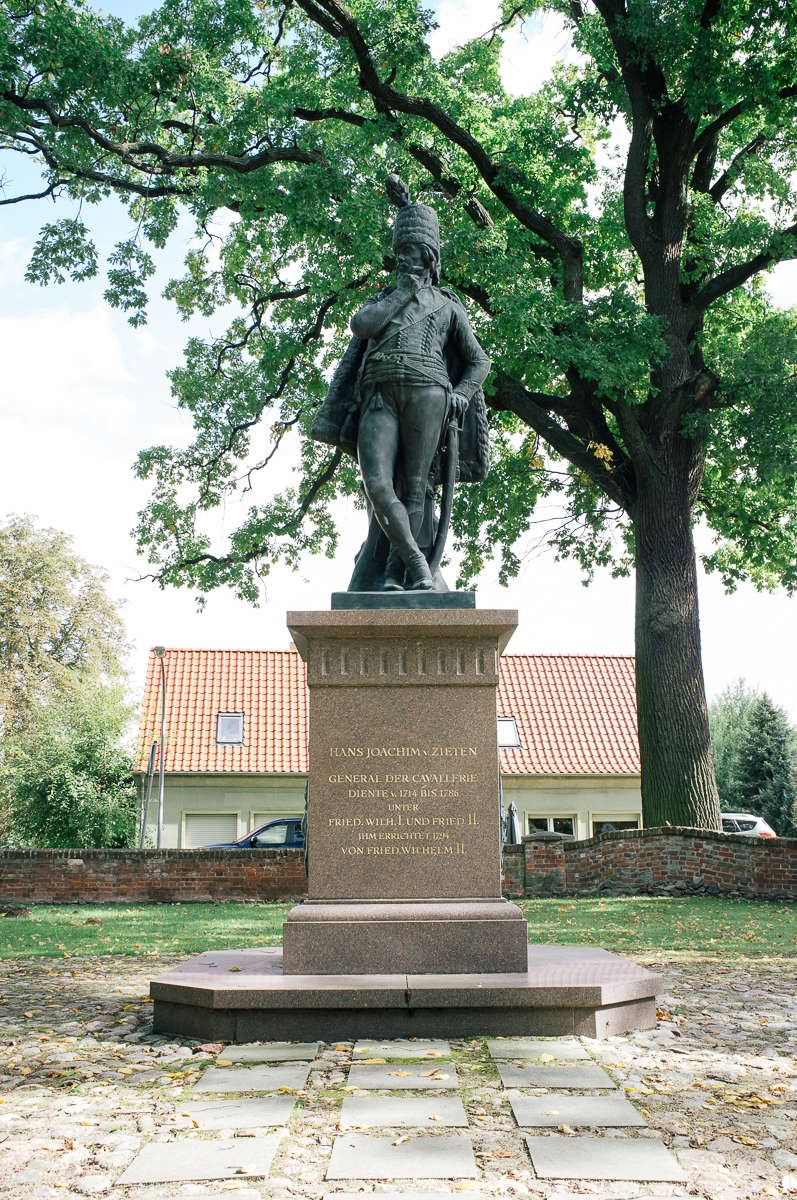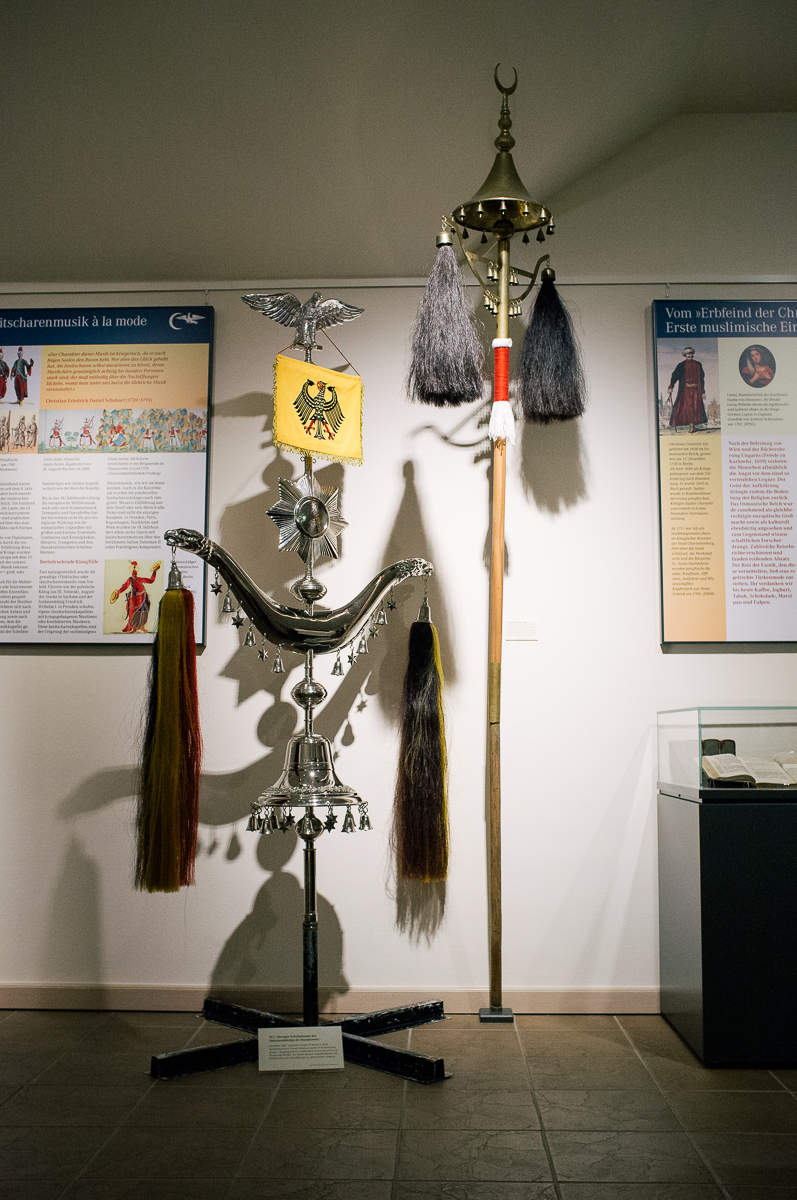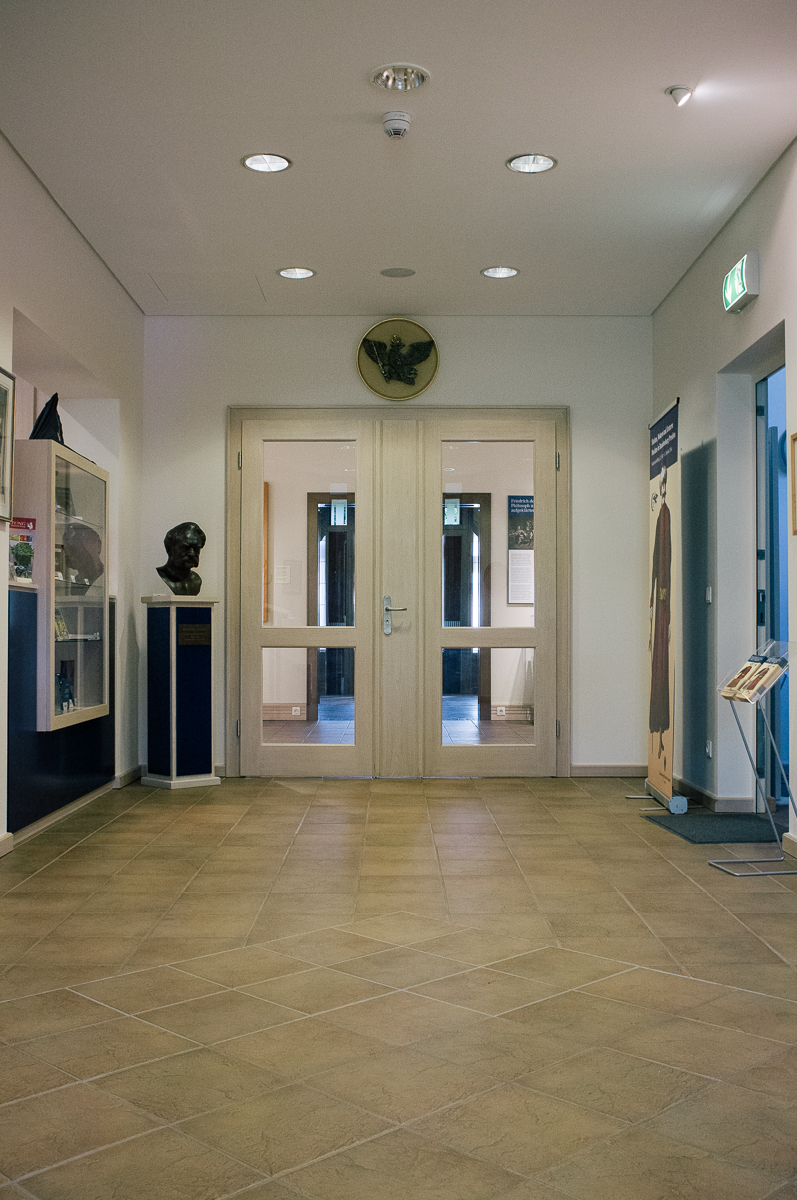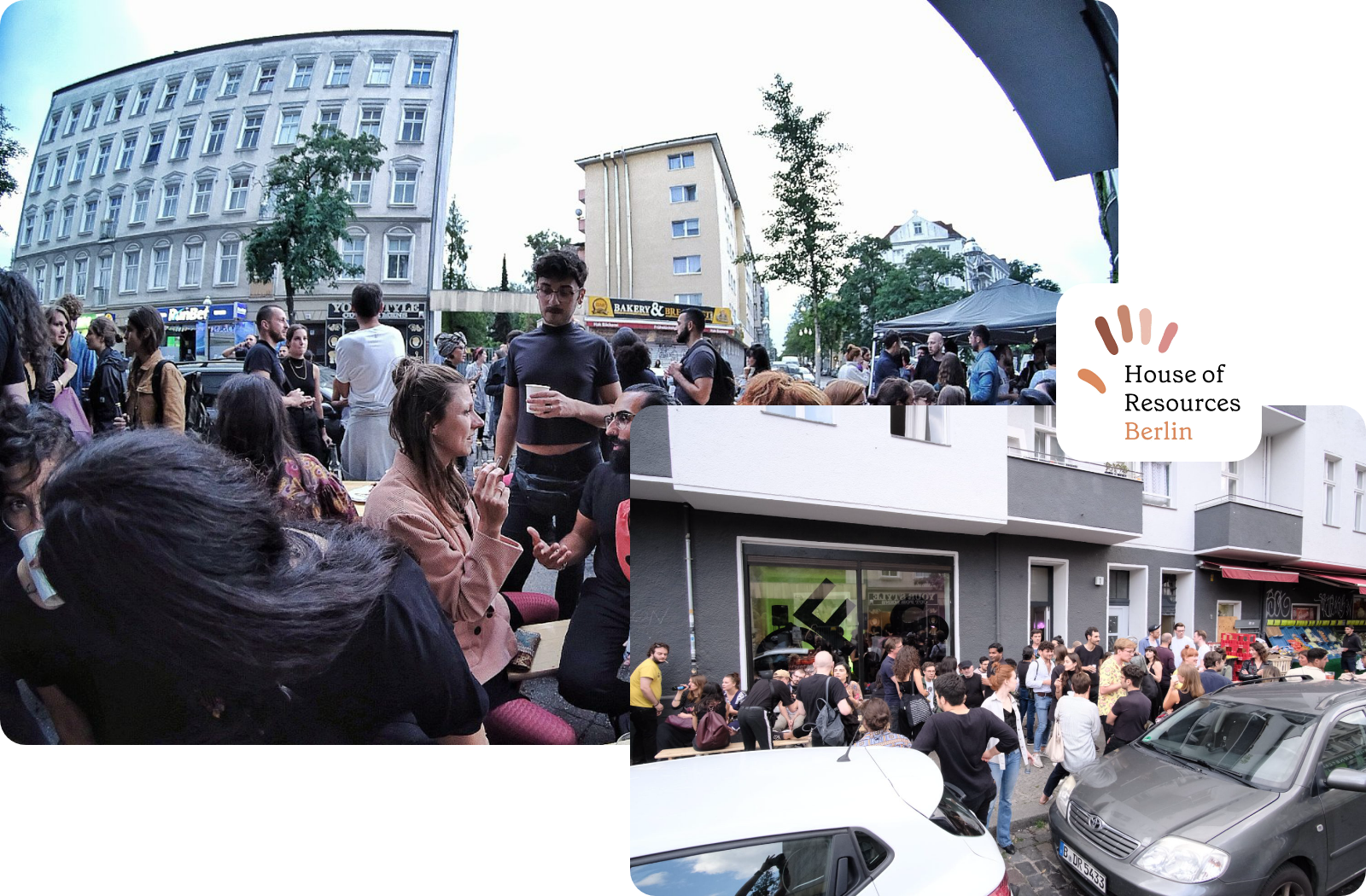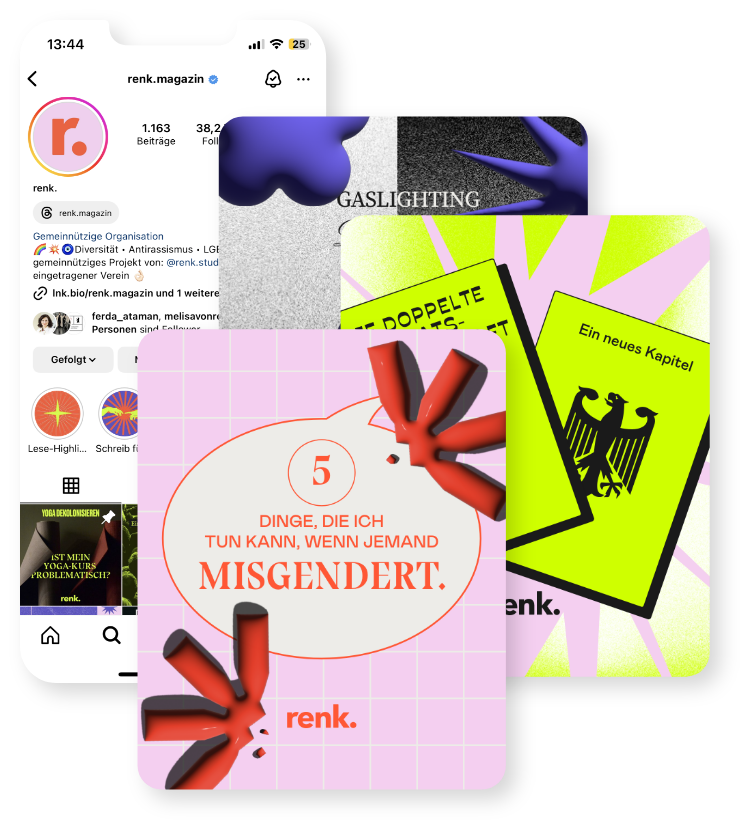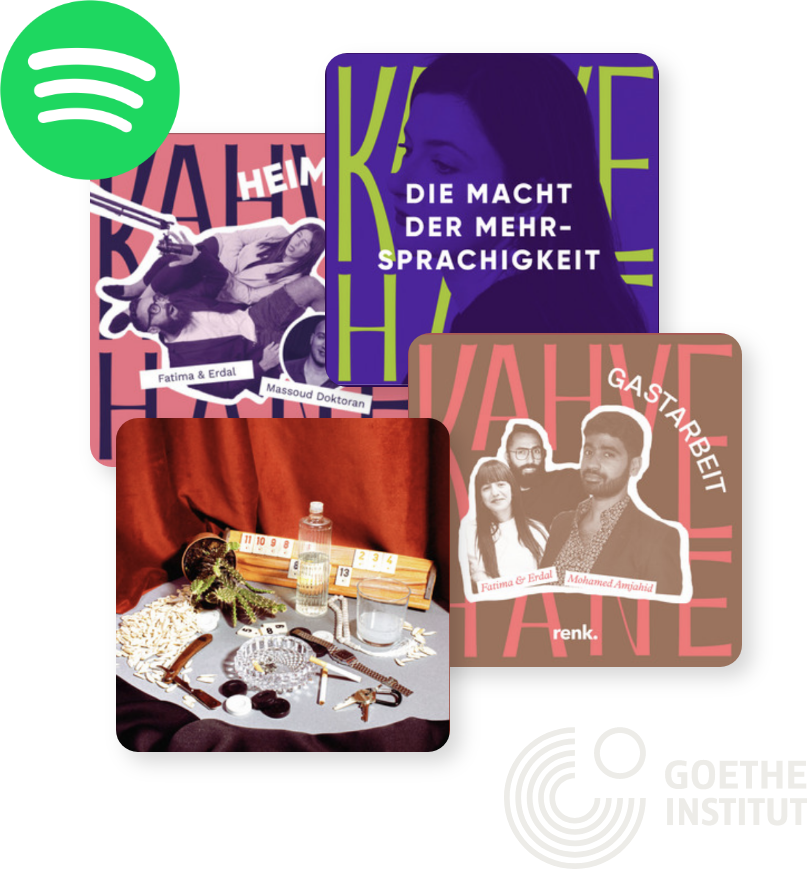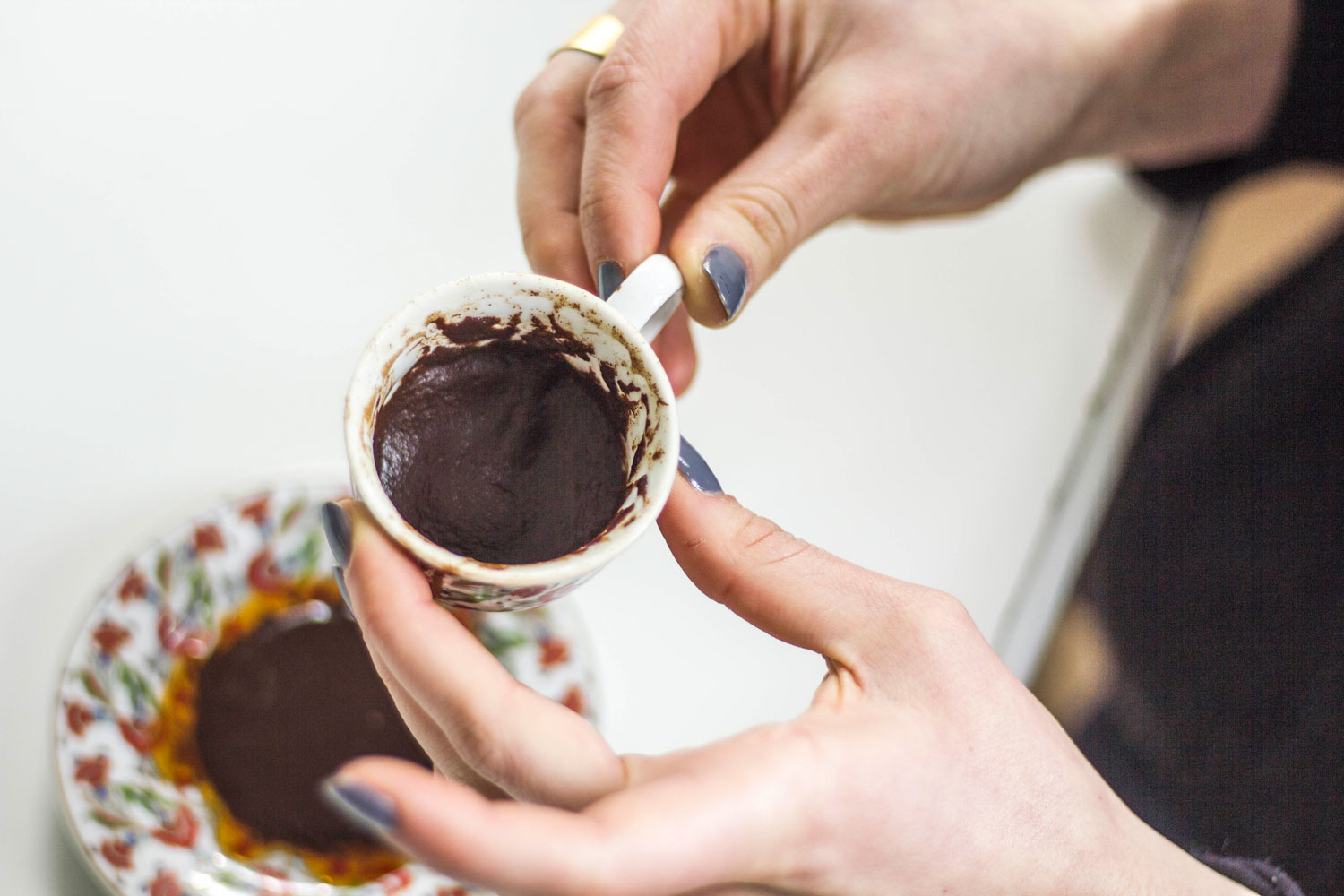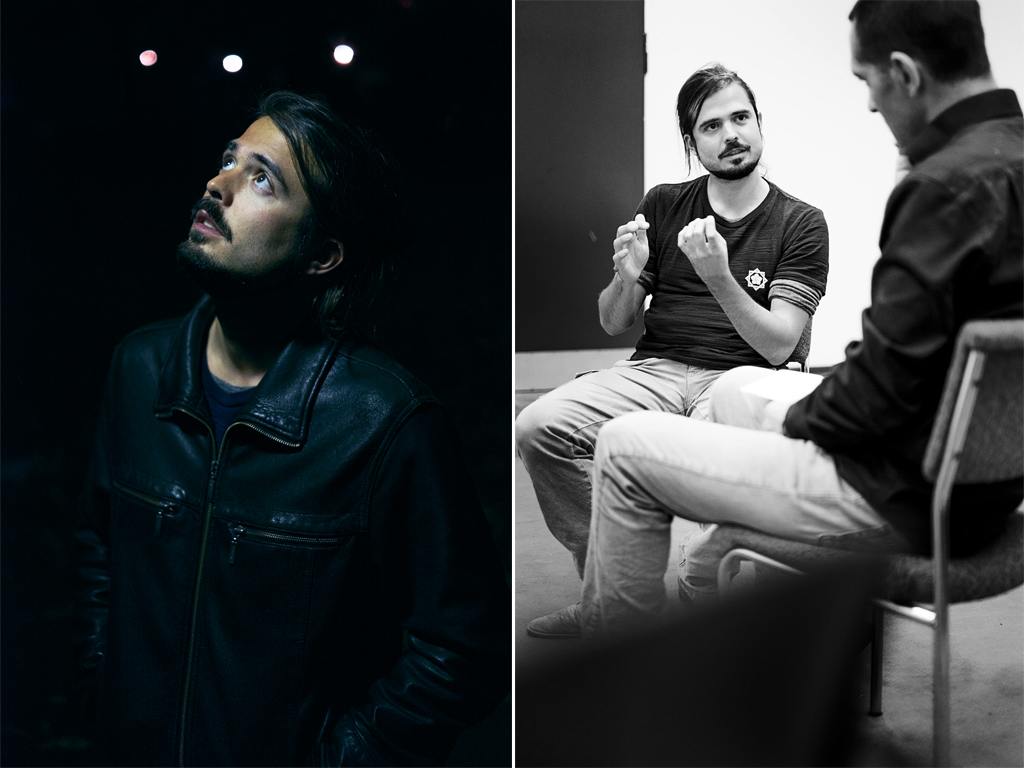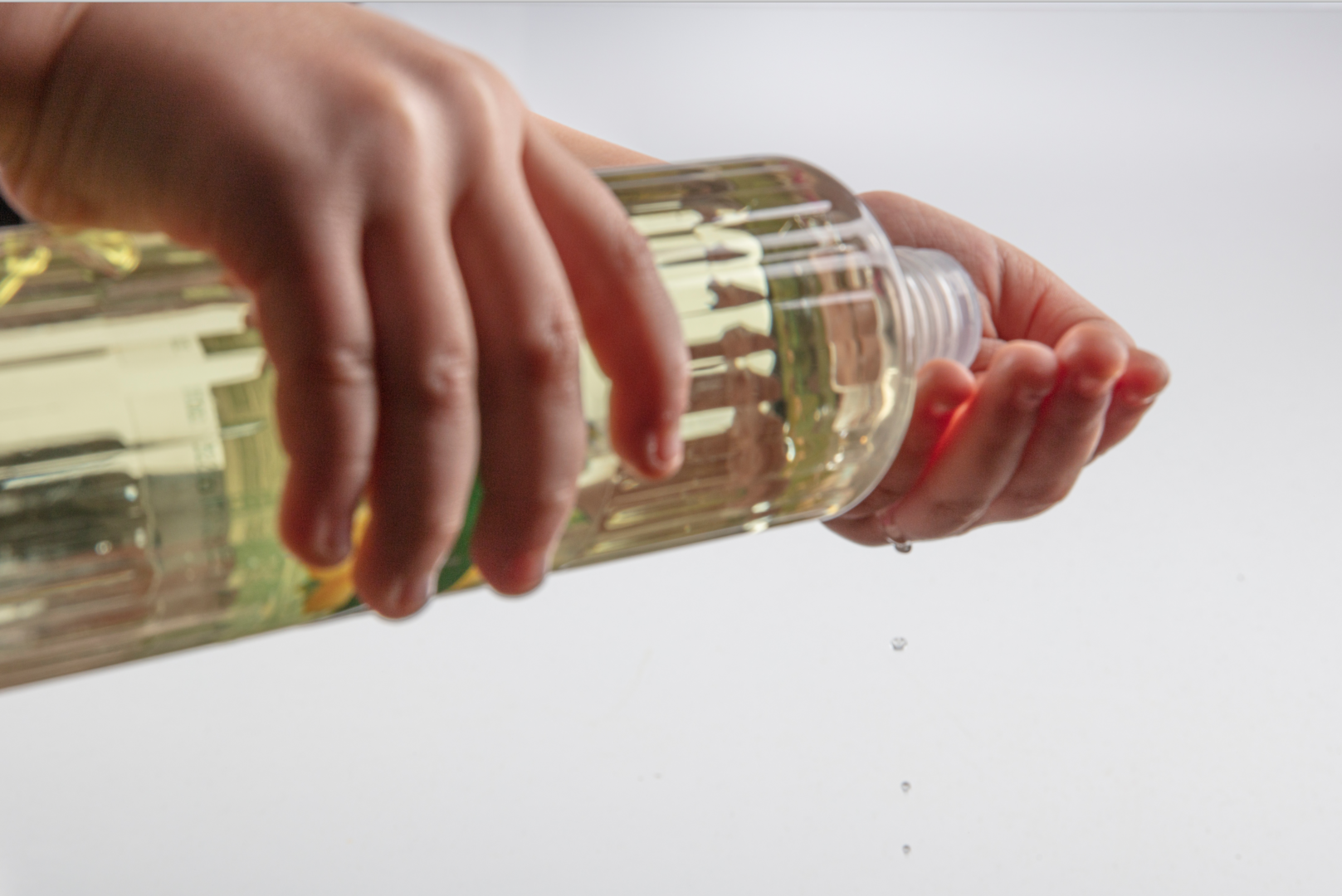Why were there daily visits by German-Turks, especially those from Berlin, to the »Brandenburg-Preußen-Museum« in the small Brandenburg town of Wustrau? Because they wanted to learn more about the history of Turks in Brandenburg.
The special exhibition »Turks, People of Cush and Tartars. Muslims in Prussian Brandenburg« displays the cooperation between Turks and local residents in 16th century Brandenburg, amongst other things. The museum’s director, Dr. Stephan Theilig, explained how the first wave of immigration came about, and how integrated Turks were in Brandenburg society.
Turks in Brandenburg: That’s a rarity, but it’s anchored in history. Who was the first Turk in Brandenburg?
Dr. Theilig: The first verifiable Turk who originated from the Ottoman Empire came to Magdeburg, the present-day federal state of Saxony-Anhalt, in 1574, and was forcibly baptised. He then remained there. But there were also a few delegations that had come to Brandenburg before that. These Muslims were the first immigrants, as we call them today.
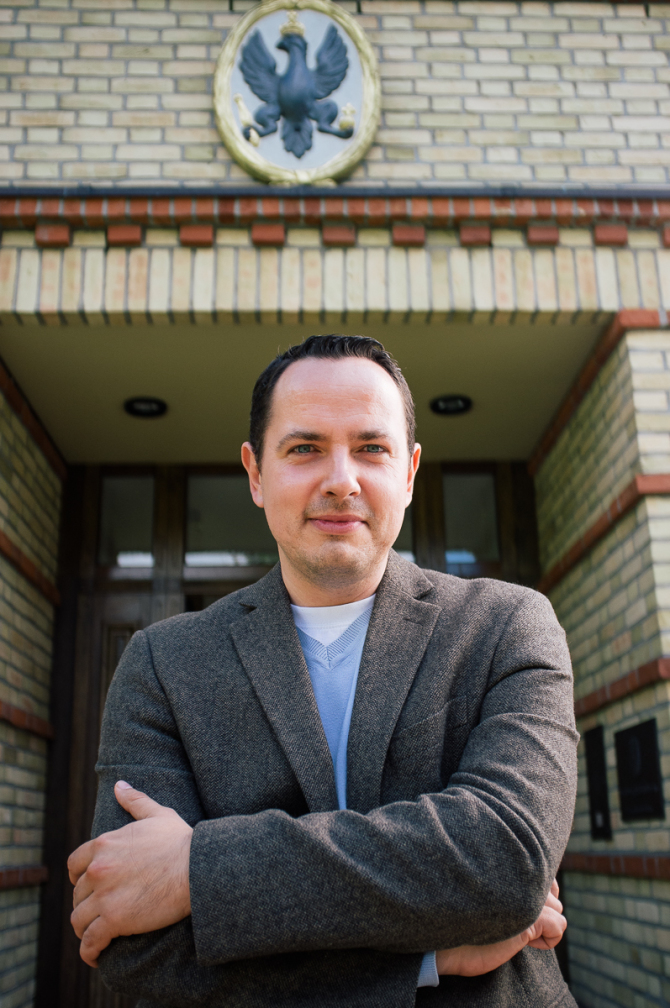
Turks were seen as »Annihilators of Western Culture«. How did the Germans behave towards Turks after they arrived?
Dr. Theilig: In the beginning there is always a distance; a distance due to the foreignness, a different religion, different habits. But in the Early Modern Age, there wasn’t a specific national characteristic; everything was mixed with everything else. For this reason it was not unusual for people with an immigrant background to rise into the aristocratic class quite quickly, that is to say in the first or second generation.
That means that Turks were socially accepted in Brandenburg society?
Immediately. We have no evidence of discrimination against Muslims. However, they were forced to convert. The forced conversion was a sort of naturalisation; it was just to show that the Turks now belonged to the German society. During the 16th and 17th century, the conflict between Muslims and Christians, including the Holy War, was still existent.
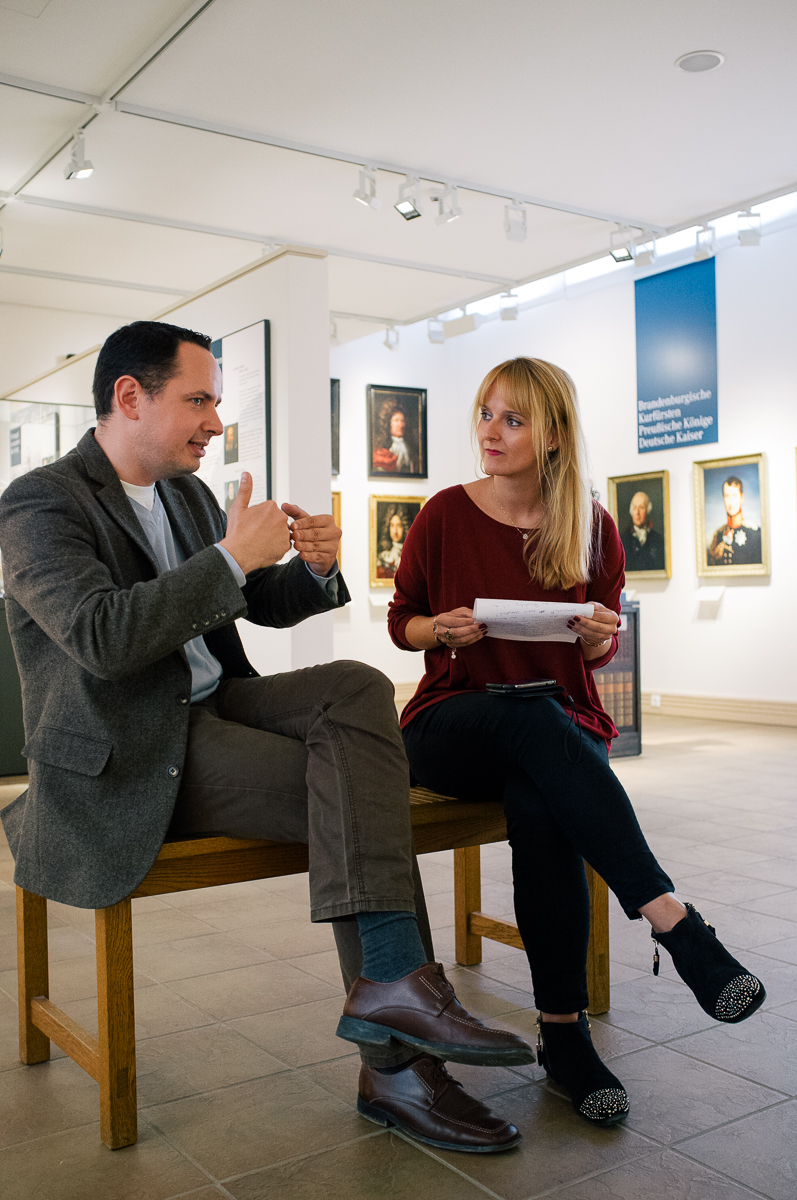
Can we then say that the Brandenburgers weren’t able to accept Islam, and this led to the Turks being forcibly baptised?
Dr. Theilig: This forced baptism should actually be understood as a kind of naturalisation test. It was a naturalisation test in that it meant: »I am adapting myself to a new society, I am learning the fundamental features of this society, and, through religious instruction, I am also learning the German language.«
Islam itself visibly lost its fear factor as people realised the Turks were able to be defeated – the Ottoman army had a halo of invincibility in the 16th century.
The Battle of Lepanto in 1571 or the failure of the Siege of Vienna in 1529 showed that the Ottoman army could also be defeated. Those are moments where it’s clear: They’re just people. That sounds strange to us, but it is the first step, seeing them as human opponents rather than as the Antichrist. A new form of curiosity and interest followed. We see this then with the beginning of the 17th century and in the Enlightenment, where people concerned themselves with foreign cultures and religions.
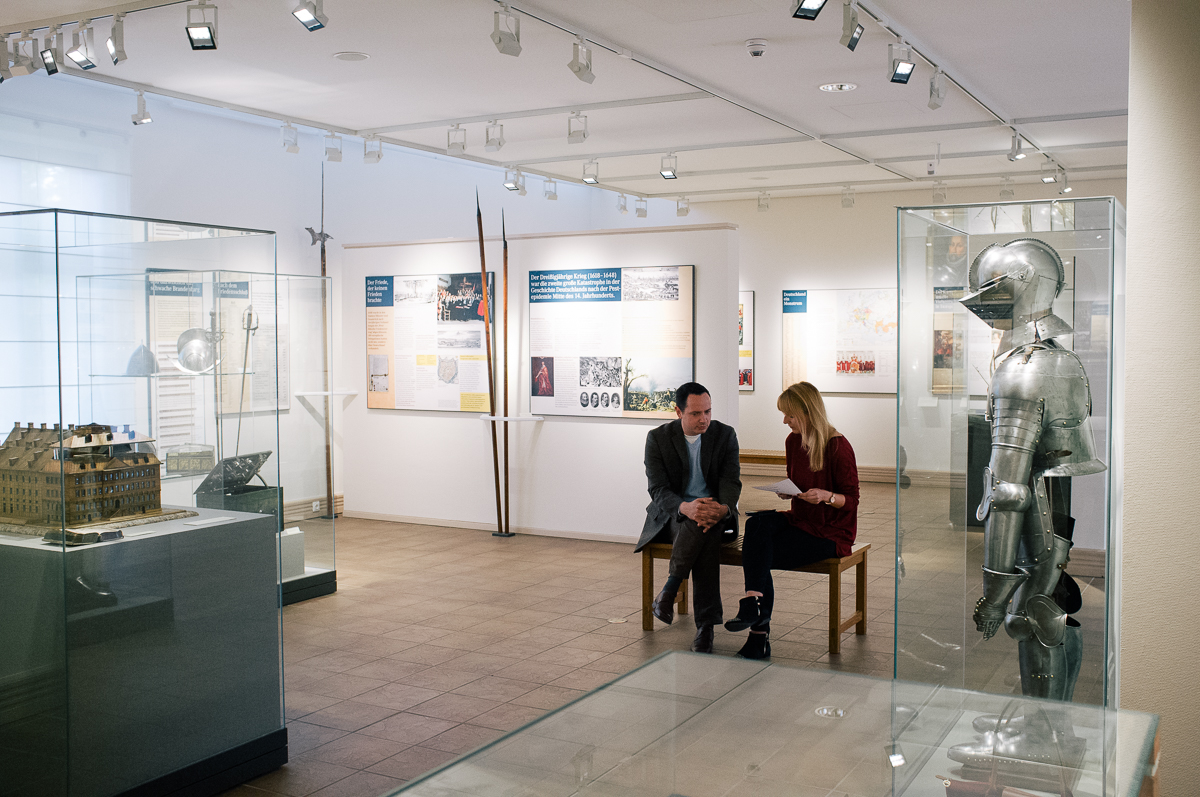
What kinds of difficulties did the Turks have?
Dr. Theilig: The difficulties weren’t due to the foreign religion or because of the language, but rather due to war trauma. They were displaced. They had seen the horrors of war, they were separated from their families and friends. All of a sudden, they had to start a new life, completely isolated in a new environment. That is difficult.
Many couldn’t deal with it. We know this from the church books. There it states that they were deeply depressed, yearned for their homes, or secretly kept their Muslim names.
There is no formula for how integration happens. It always depends on the circumstances, how the people came here. With women, it was often the case that they were kidnapped as sexual objects of lust. One can imagine that these sexually exploited women were not able to warm up to their new surroundings.
Frederick the Great once said during the enlightened absolutism: »If Turks come, then we’ll build mosques.«
How much did Muslims shape Prussian Brandenburg culture?
Dr. Theilig: In many respects. For a start, one sees that in particular traditions, for example with coffee. Coffee houses emerged in Brandenburg around 1800. Another example is that music and costumes were adopted. The Eastern Prussians even adopted battle tactics from the Tartars, also Muslims, albeit not Turks. These Tartars had a very particular way of fighting: On small horses with lances. They revolutionised Prussian army tactics.
We see a further impact in literature. The oldest Islam translations into German originate from 1616. That continued in the 1670s when Berlin royal household servants wrote and published a Persian-Ottoman-Latin-German dictionary. That was 140 years before Joseph Hammer-Purgstall began working on that in Vienna.
Furthermore, we think of Lessing’s play »Nathan the Wise« or Goethe’s »West-Eastern Divan«. We see the architectural impact, as suddenly Oriental style was being imitated. The enormous inclusion of Oriental elements is no longer perceived today.
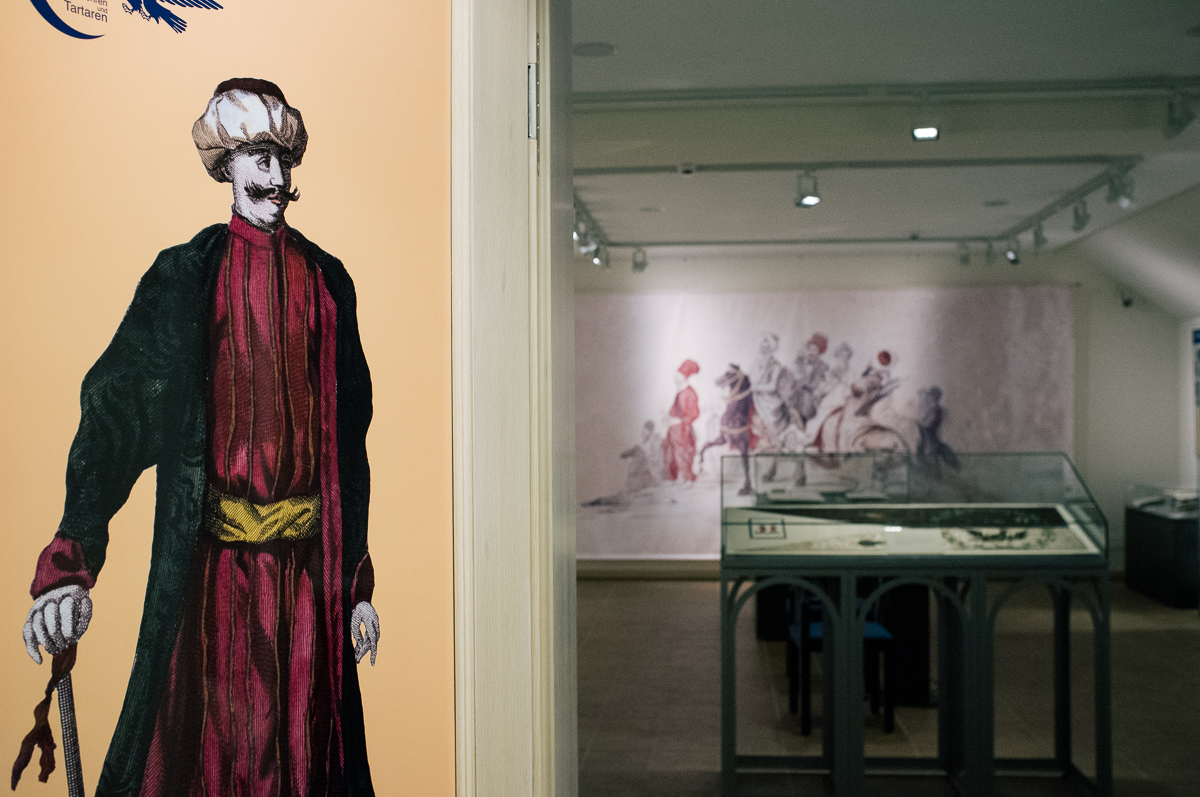
What final words can you give us about Turks?
Dr. Theilig: There is a quote by Voltaire: »The Turks live close enough to us, but we don’t know them well enough. Almost everything one says about their customs and their religion is wrong.«
That is a beautiful adage, because it says that we have been living together for so long, but we still think in these stereotypical categories.
Tip: The special exhibit »Turks, People of Cush and Tartars. Muslims in Prussian Brandenburg« will probably be presented in December 2014 in the Şehitlik-Mosque in Berlin-Neukölln.
Credits
Text: Nur Şeyda Kapsız
Photos: Ferhat Topal
Brandenburg-Preußen Muesum
